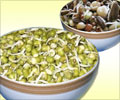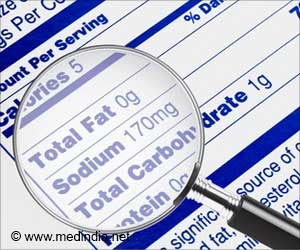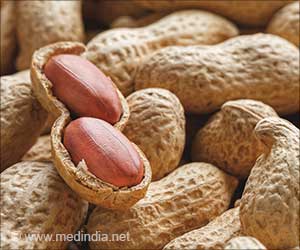Omega -3 has almost become a household name with the kind of publicity it has received about its bountful health benefits. But is it all that it promises to be?
The promise that omega-3 holds for our health is well known considering all the publicity about its benefits . But is this super food image a reality?
"Consumers don't understand what it is," Vivian Tysse, sales manager with Norwegian fish oil producer Denomega, said at a health ingredients trade show in Paris this month.Processed foods labelled with nutritious omega-3 fatty acids can contain anything from Peruvian anchovy oil, Norwegian cod liver oil, micro algae produced in vats, or prairie flaxseed.
Added to other foods, omega 3 pledges to deliver the health benefits of fish oil without its smell or taste. And scientific literature links the acids to cardiovascular protection and generally better heart, brain and eye health.
But the nutrition industry says there is continuing confusion around the additives.
Unless cleared up, the world will continue to face "a high risk of chronic disease that costs health care systems trillions of dollars," said Adam Ismail, executive director of the Global Organization for EPA and DHA Omega-3 (GOED).
According to GOED, a trade group based in Salt Lake City, United States, "omega-3" is a blanket term that misleads consumers because it refers to three separate fatty acids - EPA, DHA and ALA - which do not perform in the same way.
Advertisement
EPA (eicosapentaenoic acid) and DHA (docosahexaenoic acid) are longer chain fatty acids derived from marine sources such as oily fish, while DHA can also be taken from micro algae.
Advertisement
Nutritional balance can be achieved by eating around two portions of oily fish, containing both EPA and DHA, per week, according to Tysse.
"But people don't eat enough fish," said Tysse of Norway, so omega-3 added foods are "the next best way".
Producers of omega-3 fish oil hail Sweden's recent decision to essentially ban use of the term "omega-3" on food packaging meaning food manufacturers there will now have to specify which of the three fatty acids their product contains.
"Consumers need to be informed and make their own choice," said Philip Fass, executive director of industry and commercial relations at Martek Biosciences Corporation, a US manufacturer of oil from micro algae rich in DHA.
Martek has avoided some of the omega-3 confusion by branding its ingredients as "Life's DHA" on major food brand labels from Yoplait to Minute Maid.
But if consumers are confused, the industry itself offers little clarity.
Contrary to the message issued by fish oil producers, Martek for instance claims DHA works alone as a nutrient. "We believe that DHA supplies all the health benefits you need," said Fass.
Meanwhile suppliers of plant-derived omega-3's claim their ingredients are more appealing to consumers and safer than fish products.
Fish oil producers counter that contaminants found in fish are sifted out of the oil and that new technologies such as micro-encapsulation - which turns fish oil into a long lasting powder - have removed obstacles of putting fish oil into food.
"Now you can put fish oil into food without affecting the taste," said Lucas.
The fish oil industry upholds its product as having an optimum ratio of EPA/DHA, mirroring the traditional oily fish diet that Danish researchers in the 1970s attributed to a low incidence of coronary heart disease among the Inuit.
That discovery paved the way for research into omega-3 and a booming global industry, where fish oil producers say that by reaching into more and more food brands they can return an essential building block to human nutrition.
"We're not adding something to the diet, but giving it back," said Tysse, while admitting consumers may not be clear as to exactly what they are getting back.
Source-AFP
SAV/SK














